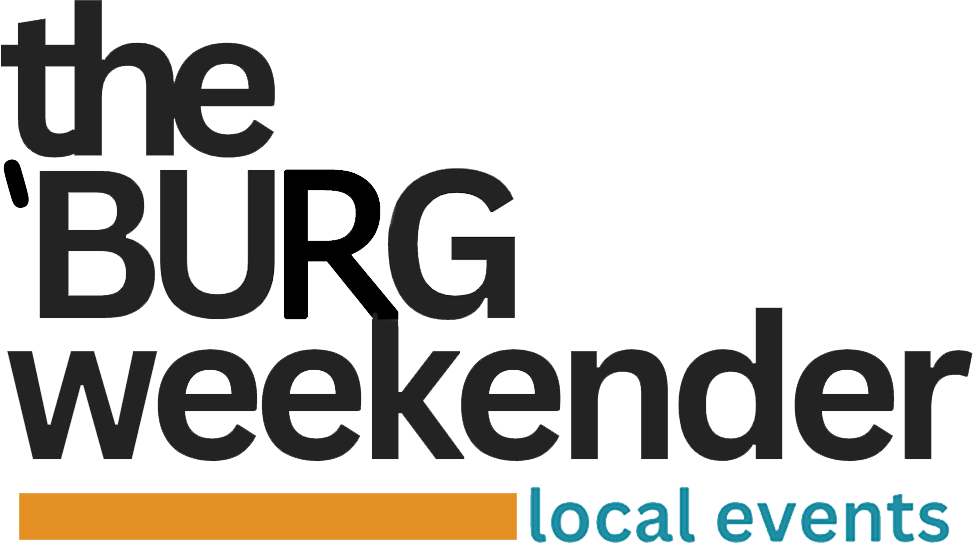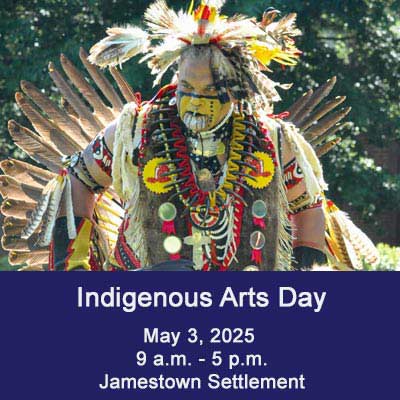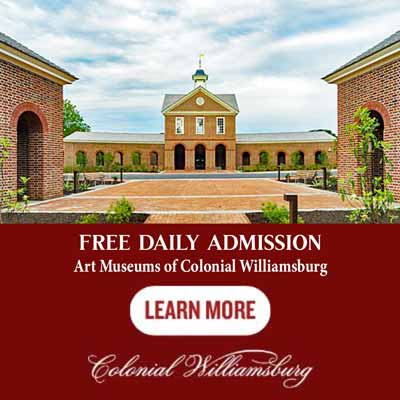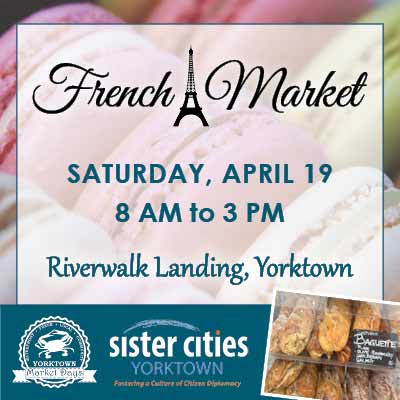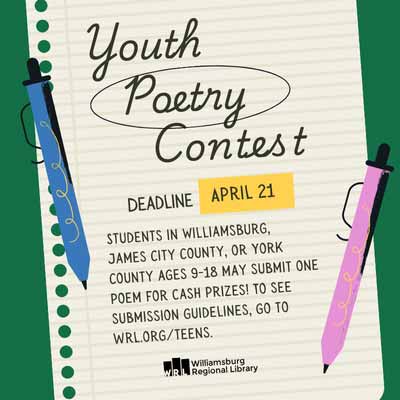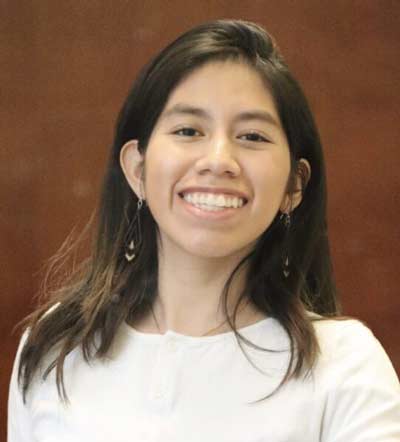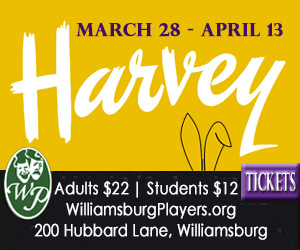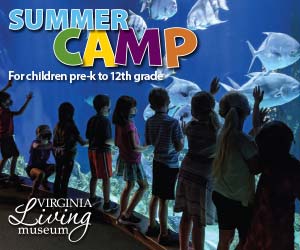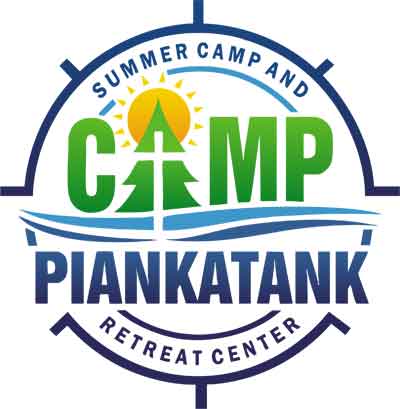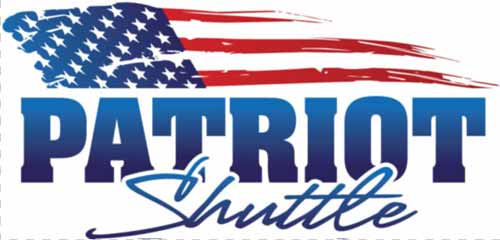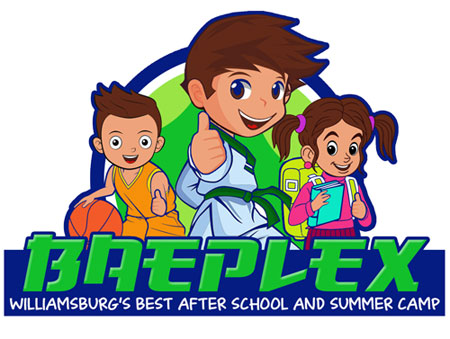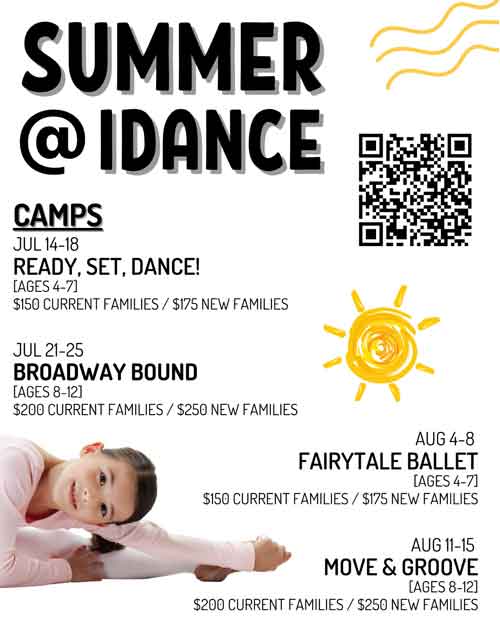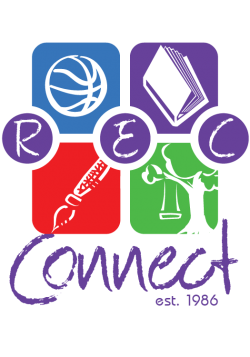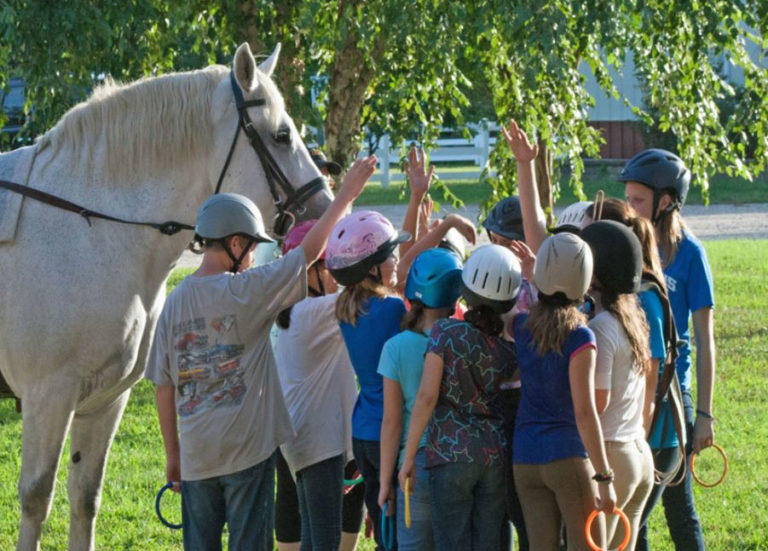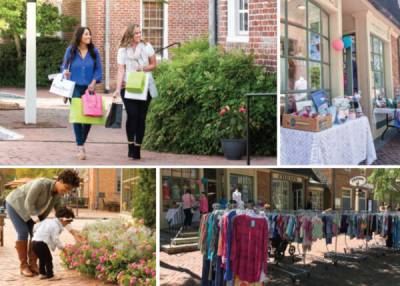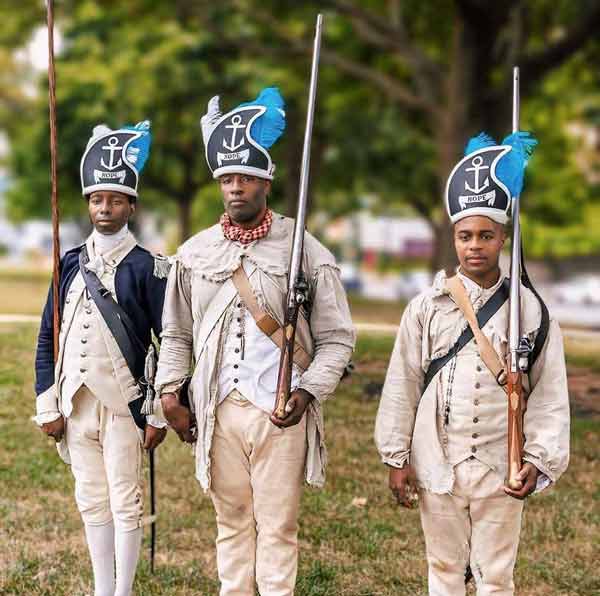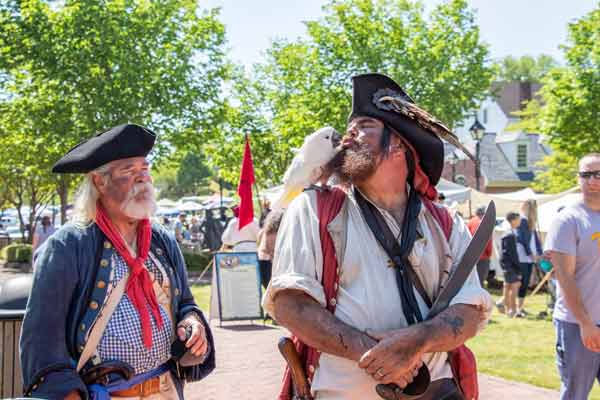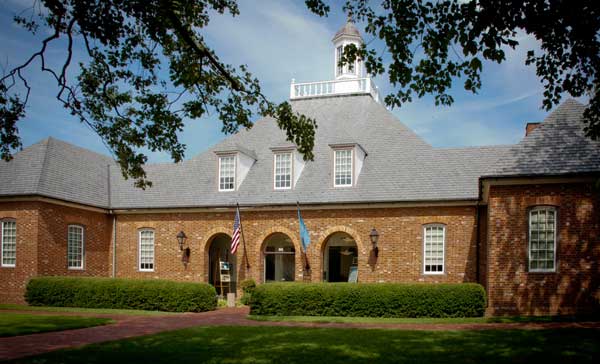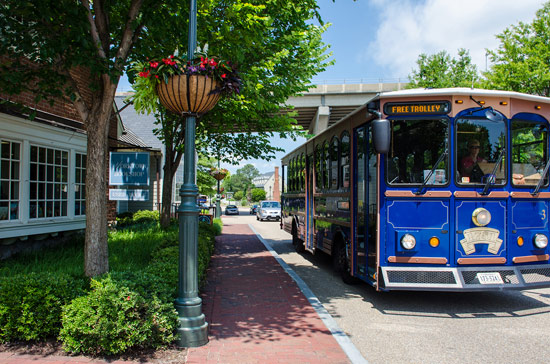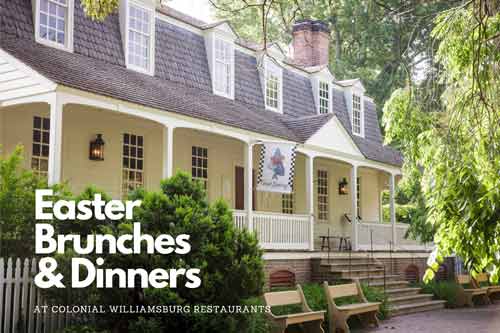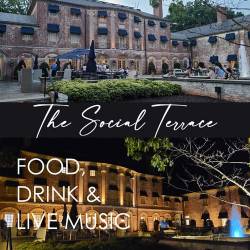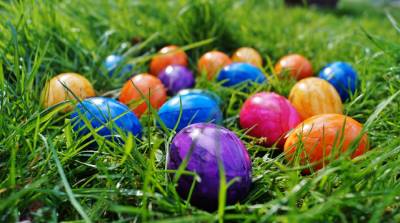Williamsburg Bray School reopens in dedication ceremony 250 years after closure

On Friday, November 1st, the Williamsburg Bray School was reopened in a dedication ceremony, 250 years after it closed. The Art Museums of Colonial Williamsburg’s lawn was packed with hundreds of attendees for the momentous occasion, which was co-hosted by The Colonial Williamsburg Foundation and William & Mary. Speakers included Lonnie G. Bunch III, Secretary of the Smithsonian Institute; Mamie Locke, Member of the Virginia Senate; Cliff Hayes, Member of the Virginia House of Delegates; Katherine A. Rowe, President of William & Mary; Rex Ellis, Former Vice President of the Historic Area for The Colonial Williamsburg Foundation; John Charles Thomas, Former Virginia Supreme Court Justice; Carly Fiorina, Chair of The Colonial Williamsburg Foundation; and Cliff Fleet, President & CEO of The Colonial Williamsburg Foundation.
While the building was believed to have been lost, in 2020, plaster samples taken from a William & Mary campus building revealed that it was the original Williamsburg Bray School. The building, now known as the Bray-Digges House, was moved from its previous spot on Prince George Street to Colonial Williamsburg, across from the Art Museums of Colonial Williamsburg, in 2023, to be restored to its original 18th-century appearance. It’s the oldest extant building dedicated to the formal education of free and enslaved Black children. Out of the approximately 400 students, ranging from ages 3 to 10, taught at the school in the 14 years it was open, 87 have been identified. Since 2021, the William & Mary Bray School Lab has been working to learn more about the Bray School, its students, and its legacy through research conducted by students–both undergraduate and graduate–staff, faculty, and other researchers. In Spring 2025, the Bray School will fully reopen to the public. It will be the 89th restored building in Colonial Williamsburg and the first new addition to the Historic Area since the 1940s.
This December, Colonial Williamsburg plans to release The Williamsburg Bray School: A History Through Records, Reflections, and Rediscovery, edited by Maureen Elgersman Lee–Director of The Bray School Lab–and graduate assistant Nicole Brown. The book examines the school’s legacy and the complex history of race, religion, and education in early America through a collection of essays grounded in seven letters that trace the history of the Williamsburg Bray School, from its founding in 1760 to its closure in 1774.
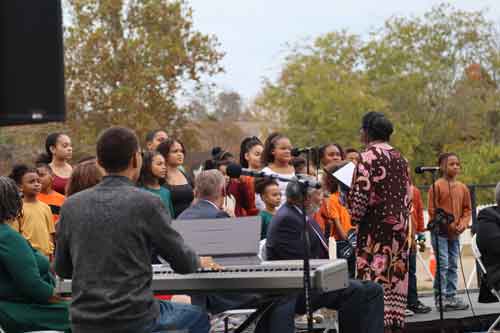
The members of the Bray School Descendant Community Choir kicked off the ceremony by singing a roll call-style song wherein attendees were invited to stand for the duration of the song and sit down when a word they identified with, like “father” or “child,” came up. Throughout the ceremony, the Choir performed “Black Butterfly” by Deniece Williams and “Hey Black Child” by Useni Eugene Perkins.
After welcoming remarks by Cliff Fleet, President & CEO of The Colonial Williamsburg Foundation, who said the Bray School acts as “a window into the lives of the children,” former Associate Director for Curatorial Affairs at the National Museum of African American History and Culture Rex Ellis gave the libation speech. Ellis began by talking about a “sanctified moment” he experienced that morning, though it wasn’t brought upon by any well-known figure.
“It was because of the knowledge that came about from who was there,” he said. “I believe it was the parents, I believe it was the mothers, I believe it was the fathers, I believe it was the brothers, I believe it was the sisters, who wanted to say, ‘Here are my legacies. Here is why I existed.’”
In his libation, Ellis led the audience in chanting “àṣẹ” (pronounced: “ashe”) as he poured water on the plant next to the podium after each vocalization. The Yoruban word, meaning “power,” “authority,” “command,” “energy,” or “life,” bears significance in the Yoruba religion and philosophy.
As many of the speakers mentioned in their speeches, the day was not only significant for Colonial Williamsburg but was also a day for gratitude, community, and of course, remembrance for those who paved the way.
“This is a moment of gratitude,” Delegate Cliff Hayes said of the day. “Not only the gratitude in this generation[…]but also gratitude from the perspective that if it were not for the sacrifice of the students who were here[at the Bray School],” things could have been very different. Delegate Hayes also shared an anecdote about a conversation he had with his daughter that morning, wherein she reminded him “that we’re here because of humanity,” and thus, reminded the audience how “we are thankful for those sacrifices that they’ve made—the dedication of making sure that students understood that education was key, that their faith was key, and that justice is key.”
Lonnie Bunch, Secretary of the Smithsonian Institution, once said “there is nothing more powerful than a people, than a nation, steeped in its history, and there is nothing more noble than honoring all of our ancestors by remembering.” President Rowe quoted his words to the audience in her remarks, and extended her personal gratitude to those who made the Bray School relocation and renovation possible–including Presidential Liaison for Strategic Cultural Partnerships Ann Marie Stock and Director of the W&M Bray Lab Maureen Elgersman Lee–and expressed how amazing it was to see so many people gathered for such a momentous occasion. She quoted a passage written by Mary Church Terrell, the first president of the National Association for Colored Women.“And so, lifting as we climb, onward and upward we go, struggling and striving, and hoping that the buds and blossoms of our desires will burst into glorious fruition ‘ere long.” Rowe remarked that, while it is rare to feel said fruit come to fruition, everyone in attendance was a testament “that education and discovery are essential tools to advance freedom and unity in our nation.”
Nothing more noble than honoring all of our ancestors by remembering: acknowledging a complex history
The discovery of the Bray School building was the result of extensive research, spearheaded by Terry Meyers, Chancellor Professor Emeritus of English. Through joint efforts made by the City of Williamsburg, The Colonial Williamsburg Foundation, and William & Mary, the school was discovered to be in the Bray-Digges House. The school was found to be located within the structure through collaborations with the City of Williamsburg and The Colonial Williamsburg Foundation. In February of 2023, the building was carefully moved to Colonial Williamsburg. It has been undergoing renovations over the last 18 months, and its students have a complicated history. While the school contradicts the belief that all enslaved children were uneducated, its faith-based curriculum provided its pupils with an education that justified slavery and encouraged them to accept their assigned place in society. Despite this, some might have used their education to resist this line of thinking and its corresponding institutions.
Virginia Senator Mamie Locke expanded on the students’ education in her remarks. “The enslaved had to be literate enough to at least read a catechism. This was the belief of Dr. Bray, as he used two of his organizations–The Society for Promoting Christian Knowledge, and The Society for the Propagation of the Gospel in Foreign Parts–to establish schools for African American children. Whether he believed as Horace Mann [who was an abolitionist known as the Father of Education] did or not, the establishment of the Bray School here in Williamsburg provided an opportunity for free and enslaved children to learn basic reading, writing, and skills from a faith-based curriculum.” The colonists believed it was their Christian duty to educate the enslaved peoples, who were from a “pagan” land and thus, needed to be brought into the Church of England.
In her speech, Carly Fiorina, Chair of The Colonial Williamsburg Foundation, recognized the impact that The Colonial Williamsburg Foundation had on the community as one steeped in divisive beginnings as it “was built in many ways upon the destruction of the descendant community, their churches, their streets, their neighborhoods, their business community.” She emphasized the importance of acknowledging and reconciling with this legacy while urging attendees to celebrate the progress made and the opportunities the school provided for its students and future generations.
“Today is an acknowledgment that our nation’s history is not just about great ideas and great battles. Our nation’s history is also about cruelty, and injustice and wasted potential. Today is a commemoration of those whose names we know, and too many others names that we will never know, and the enormous contribution that all of them made to the founding of this nation[…]It is a celebration of those who survived and those whose strength, whose conviction, whose faith, whose sacrifice, contributed so much, and it is a celebration, most of all, of the descendant community of those students of the Bray School.”
Many of the descendants of the school’s attendees were at the dedication and read off their ancestors’ names during the Bray School students recognition portion of the event.
In his speech, Lonnie Bunch expressed his admiration for The Colonial Williamsburg Foundation and William & Mary’s “willingness to embrace the complicated and hard truths of The Bray School. Although it reinforced slavery, teaching its students to be servile, it also gave them tools to question slavery. You cannot limit where the mind goes once the light of education is there.”
The process of moving the Bray School
On February 10, 2023, the Bray School building was moved from its original location and onto a flatbed truck, which transported it to its current location near the corner of Nassau Street and Francis Street. People lined the streets to watch the procession. Expert House Movers and an engineer completed the moving process. The process was a difficult and delicate one, as modern additions had to be removed prior to relocation, in order to avoid any damage to the original 18th-century framework. On July 20, 2023, the Bray School building was lowered onto its new foundation on Francis Street. A modern block and brick veneer was constructed for the upper cellar level, using bricks crafted by Colonial Williamsburg’s brickmakers to ensure historical accuracy. The wooden sills were also replaced in order to eliminate rot and ensure that the building’s vertical framing was stable.
Justice John Charles Thomas, who was the first Black member of the Virginia Supreme Court, reiterated the importance of remembering one’s history.
“If you don’t know your history–if you lose your history–you lose the things that inspire you,” Thomas said. “It takes your life away when you don’t know your history. And so when we put this building back in this spot today[…]we can’t just let it sit there. We have to talk about it. We have to tell the story. We have to make this story make a difference to the students who are coming after us.”
Below is a list of speakers & performers:
- Bray School Descendant Community Choir:
- Chase Haskins
- Caidyn Haskins
- Crystal Lassiter
- Casey Lassiter
- Amora Meekins
- Amira Meekins
- Adreis Johnson
- Renee Thompson
- Richard Thompson
- Maylea Thompson
- Amaris Thompson
- Khloe Thompson
- Moriah Thompson
- Bryson Murrell
- Skye Veney
- Jacob Ranger
- Joshua Ranger
- Sophia Carroll
- Demarcus Merritt Jr.
- The Honorable John Charles Thomas, Former Virginia Supreme Court Justice
- Cliff Fleet, President & CEO, The Colonial Williamsburg Foundation
- Rex Ellis, Former Vice President of the Historic Area, The Colonial Williamsburg Foundation, Former Associate Director for the Curatorial Affairs, National Museum of African American History and Culture
- The Honorable Mamie Locke, Member of the Virginia Senate
- The Honorable Cliff Hayes, Member of the Virginia House of Delegates
- Katherine Rowe, President of William & Mary
- The Honorable Lonnie Bunch, Secretary of the Smithsonian Institution
- Carly Fiorina, Honorary Chair of the VA250 Commission, Chair of The Colonial Williamsburg Foundation
- Descendant Community Members:
- Theodora Ashby
- NiyZaria Bridgeforth
- Jacqueline Bridgeforth-Williams
- Janice Canaday
- Micah Canaday
- Curtis Corbitt
- Beverly Gardner
- Jacquelyn Gardner
- Johnette Gordon-Weaver
- Crystal Haskins
- Burnell Irby
- Yvonne “Bonnie” Johnson
- Mary Lassiter
- Sylvia Tabb Lee
- Tonia Merideth
- Swan Rochford
- Dana Willis Tomlin
- Hope Wright
- Tim Wilson
- Tina XO
A Special Thanks to Ellen Peltz, PR Manager for The Colonial Williamsburg Foundation, and Janice Canaday, African American Community Engagement Manager at Colonial Williamsburg.


